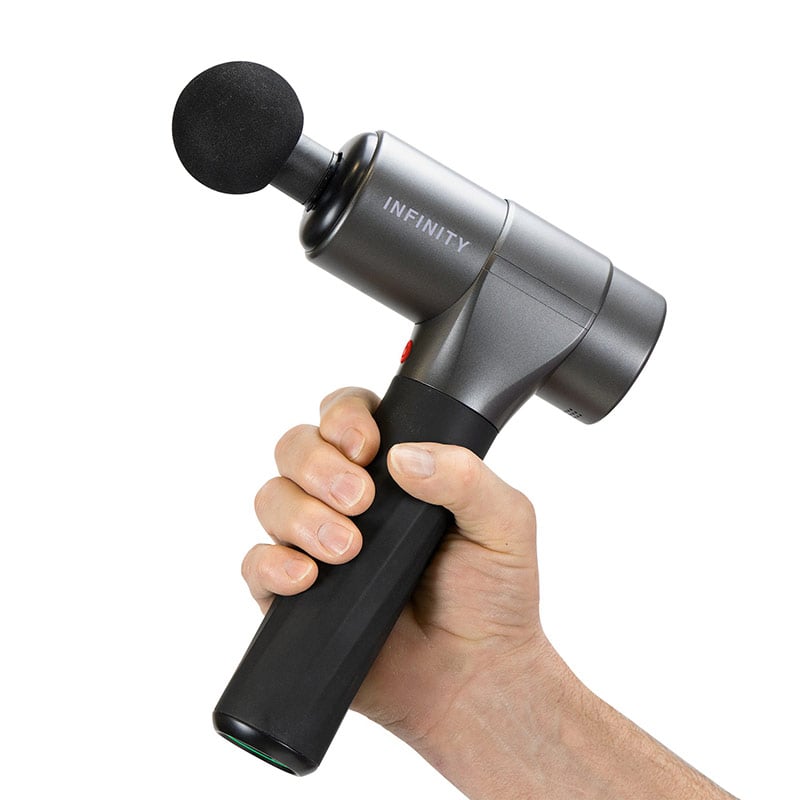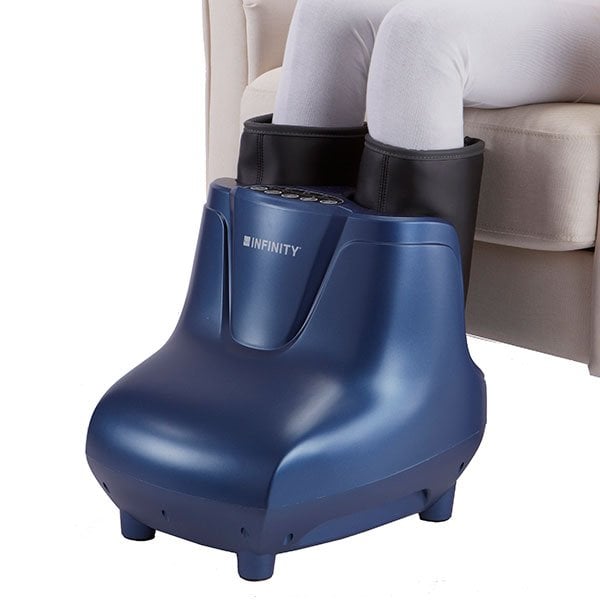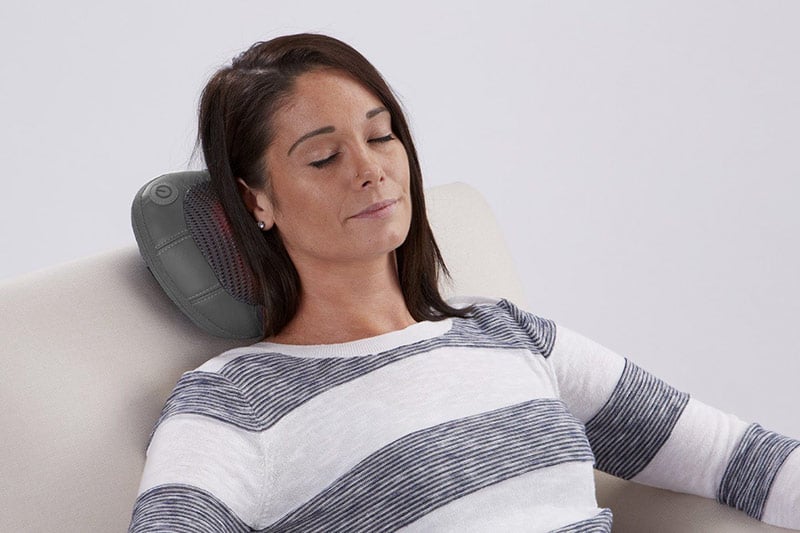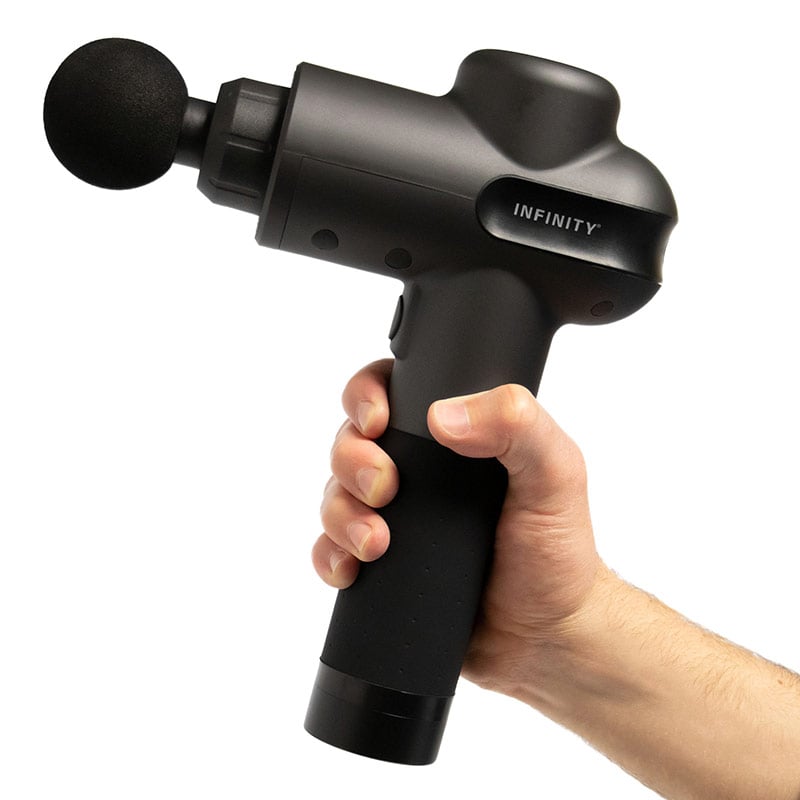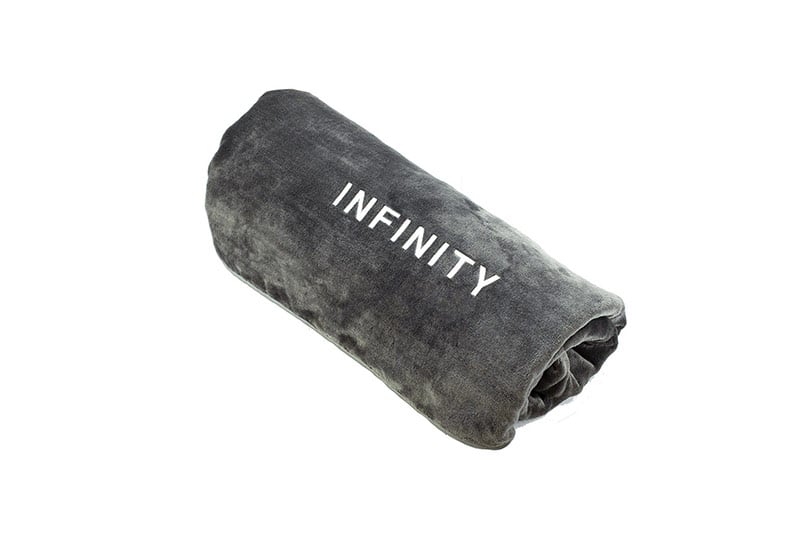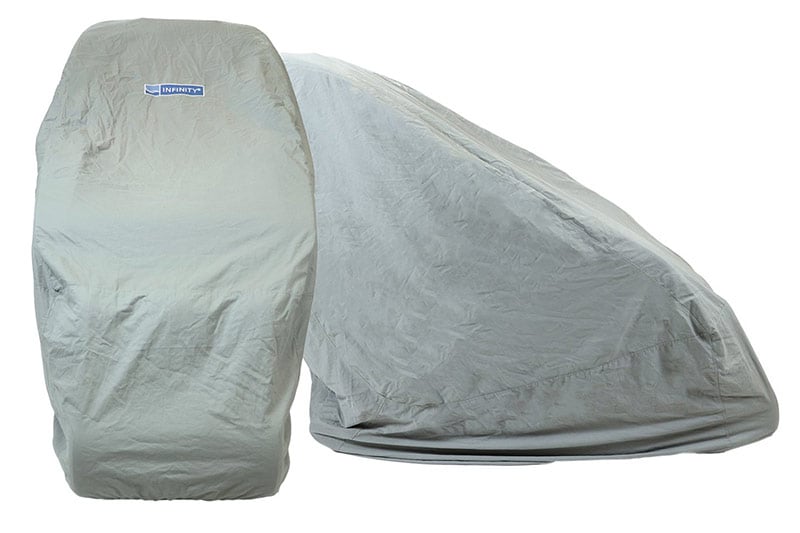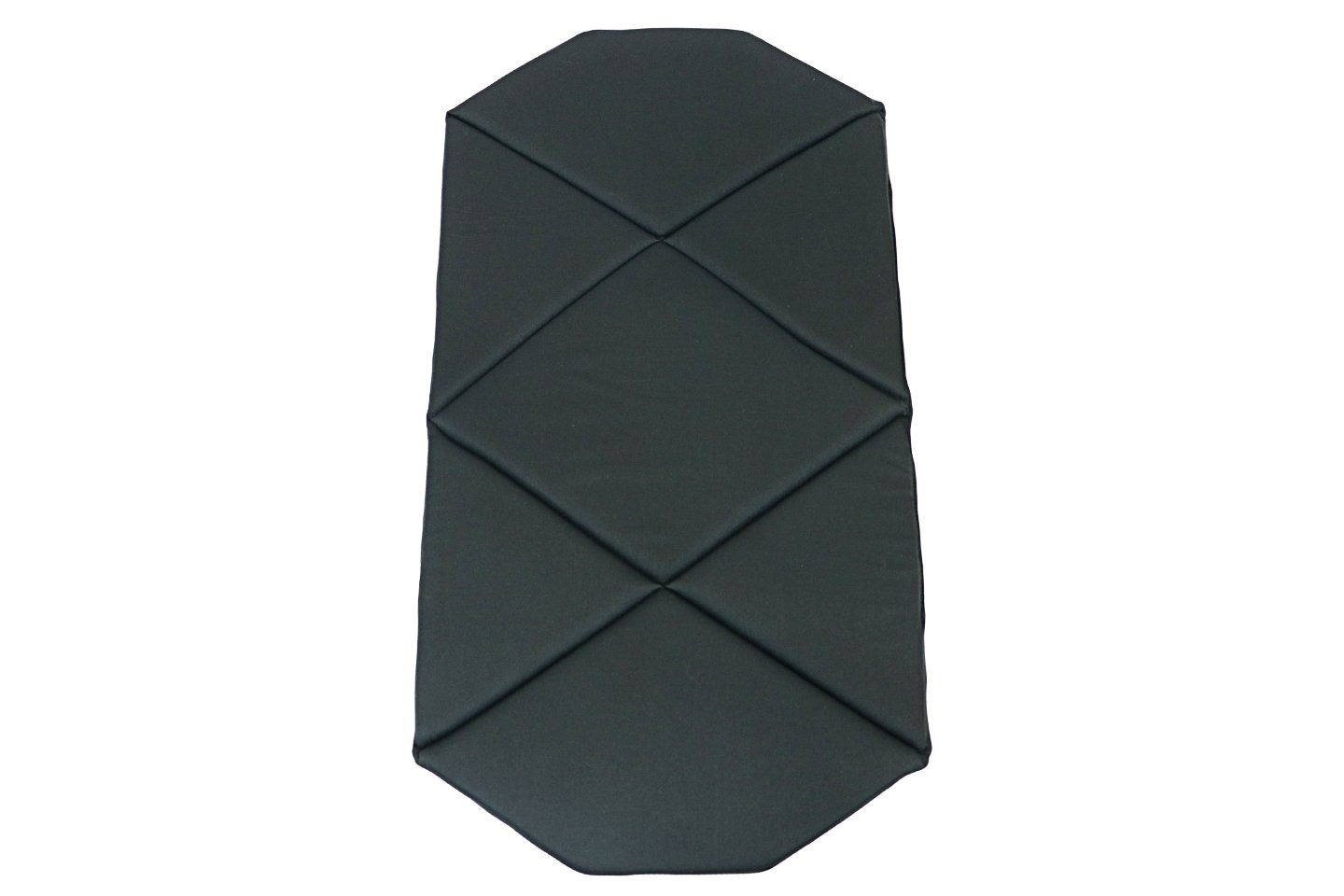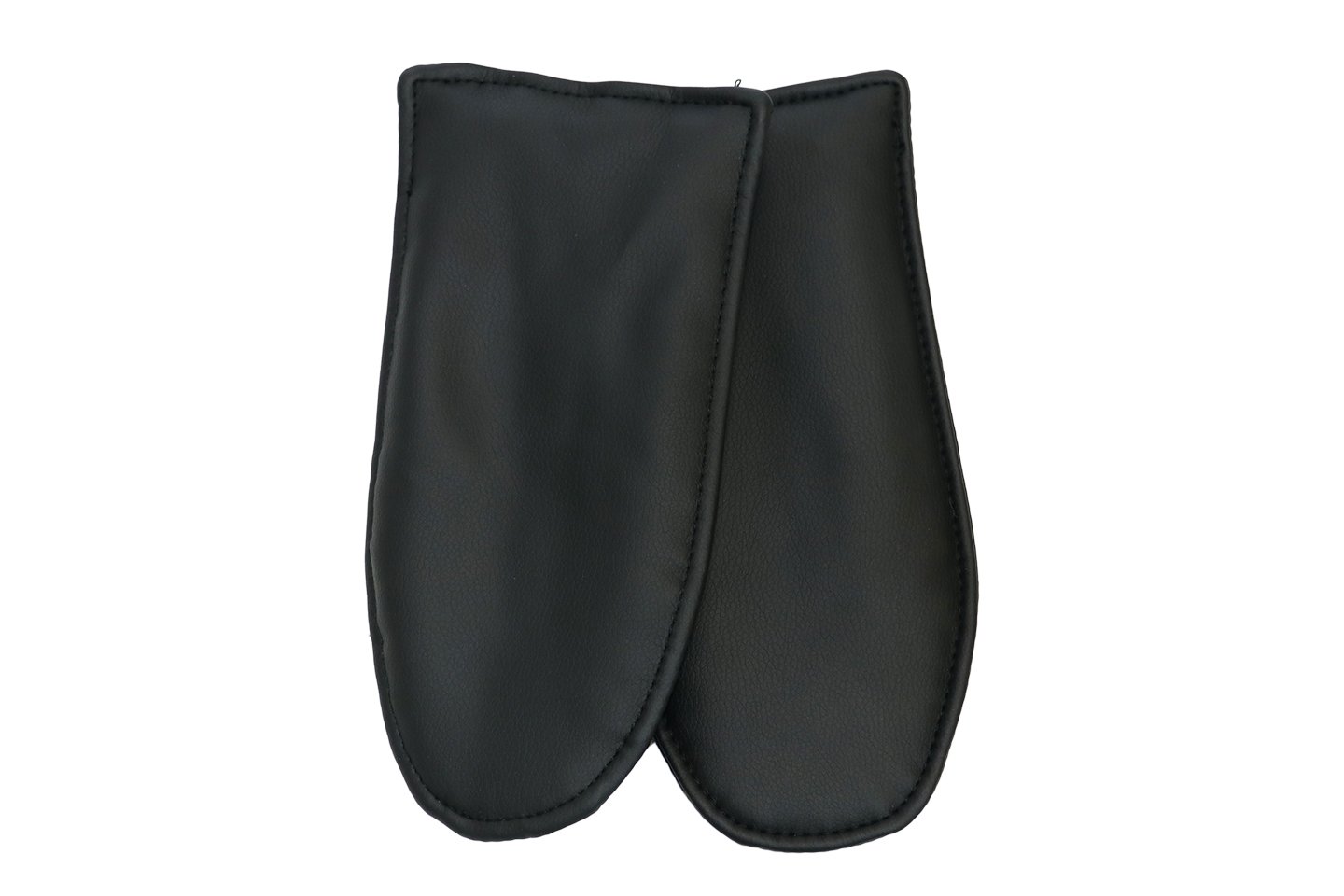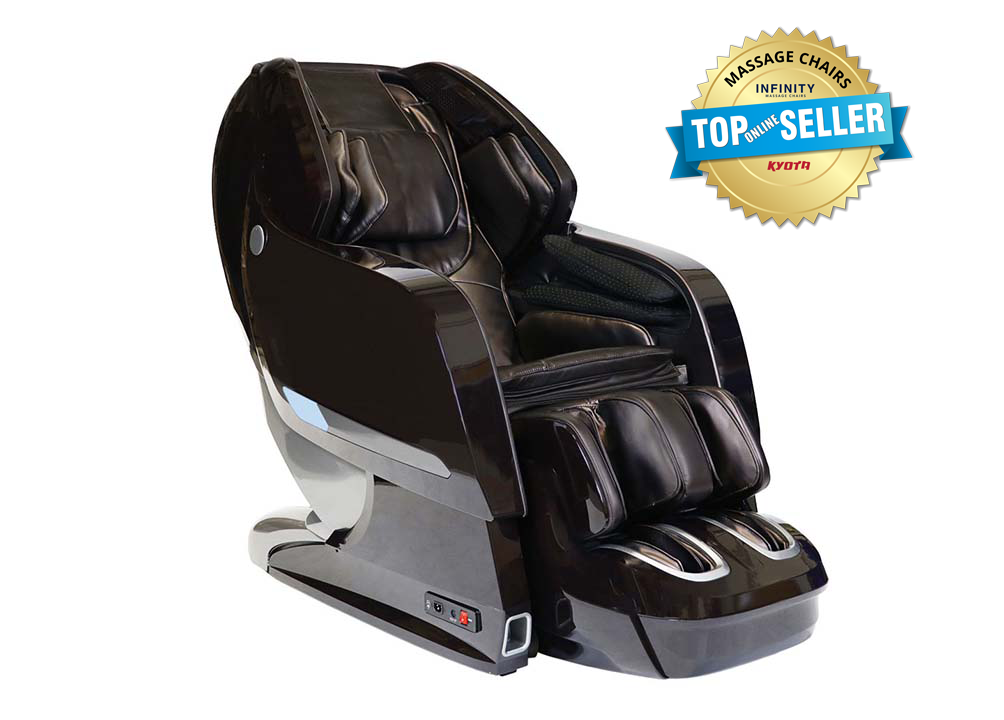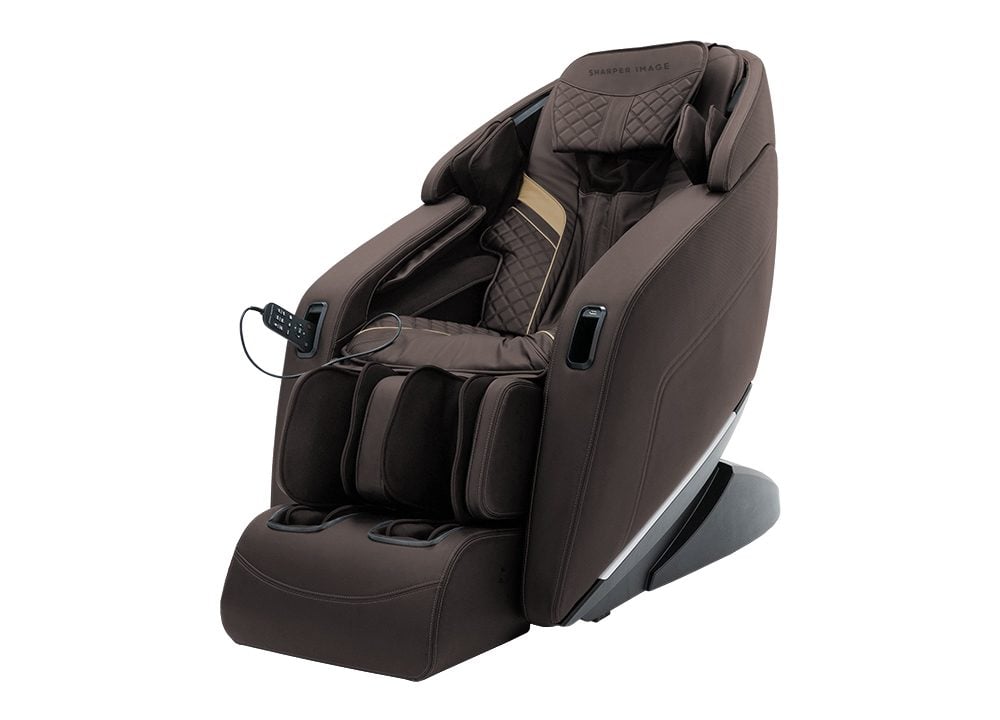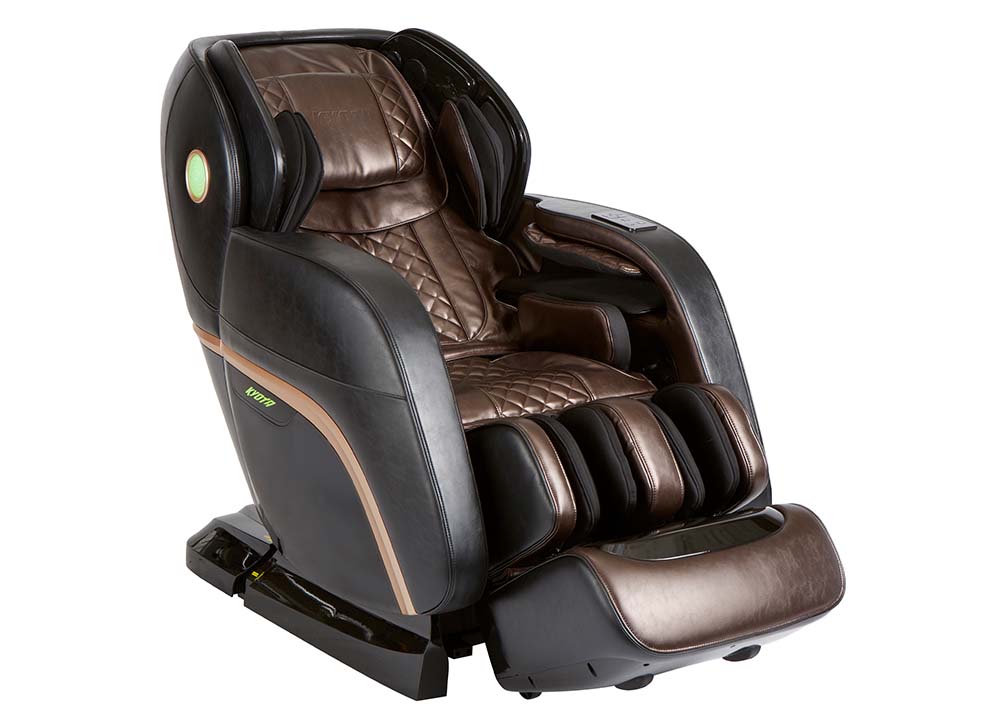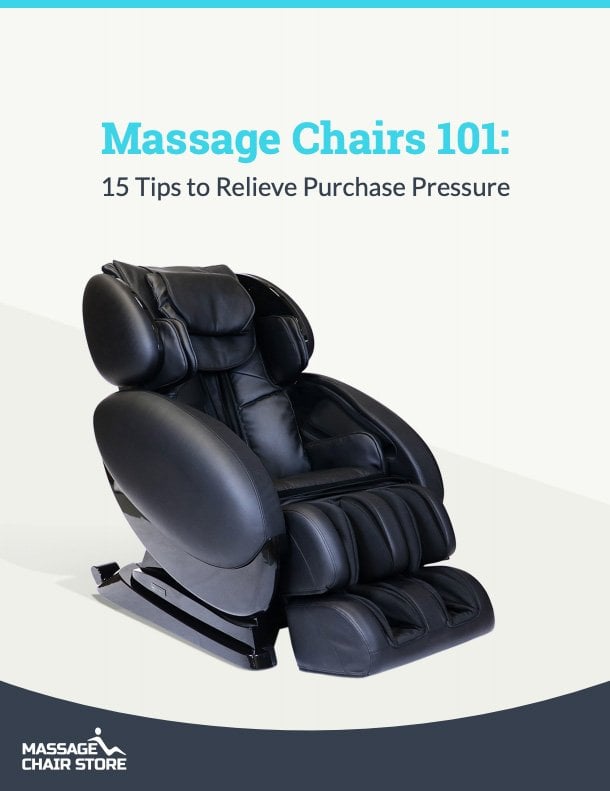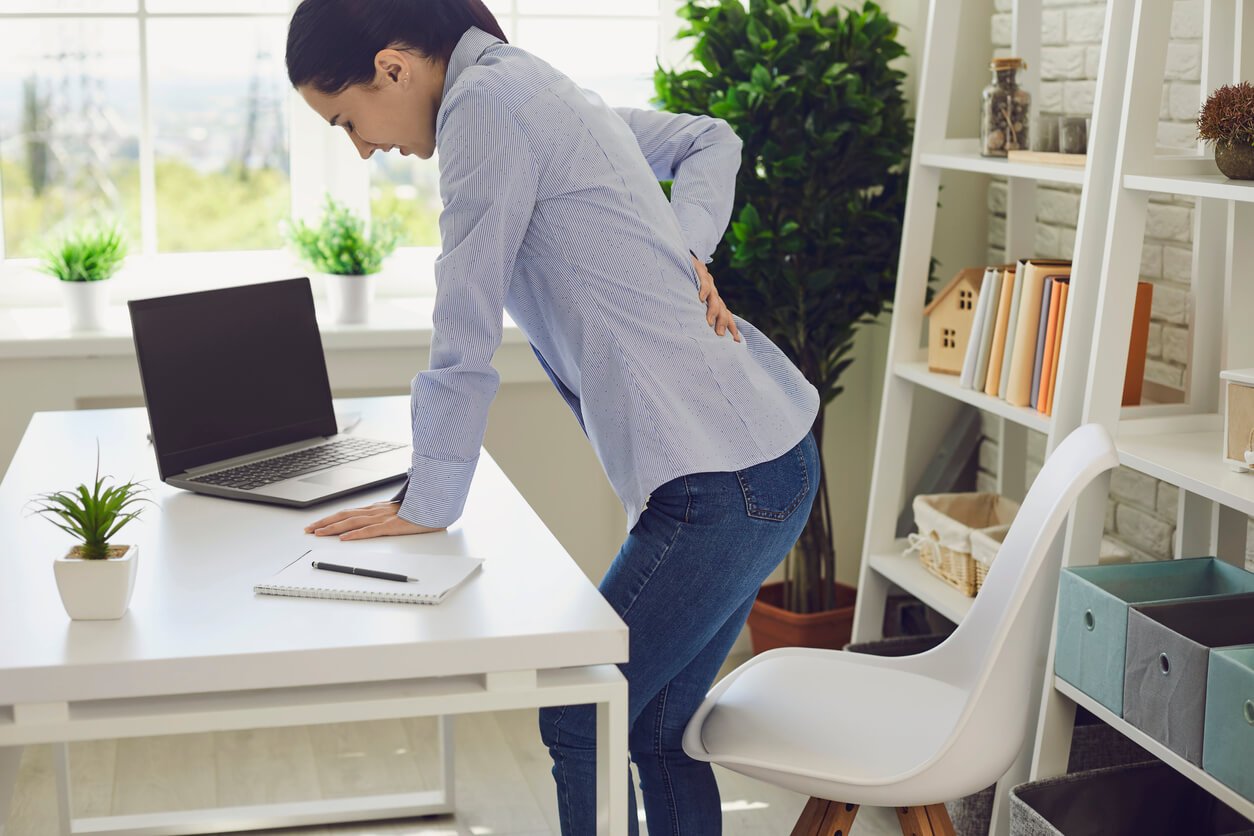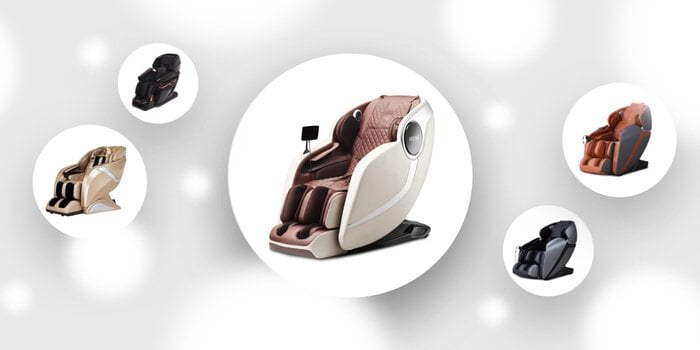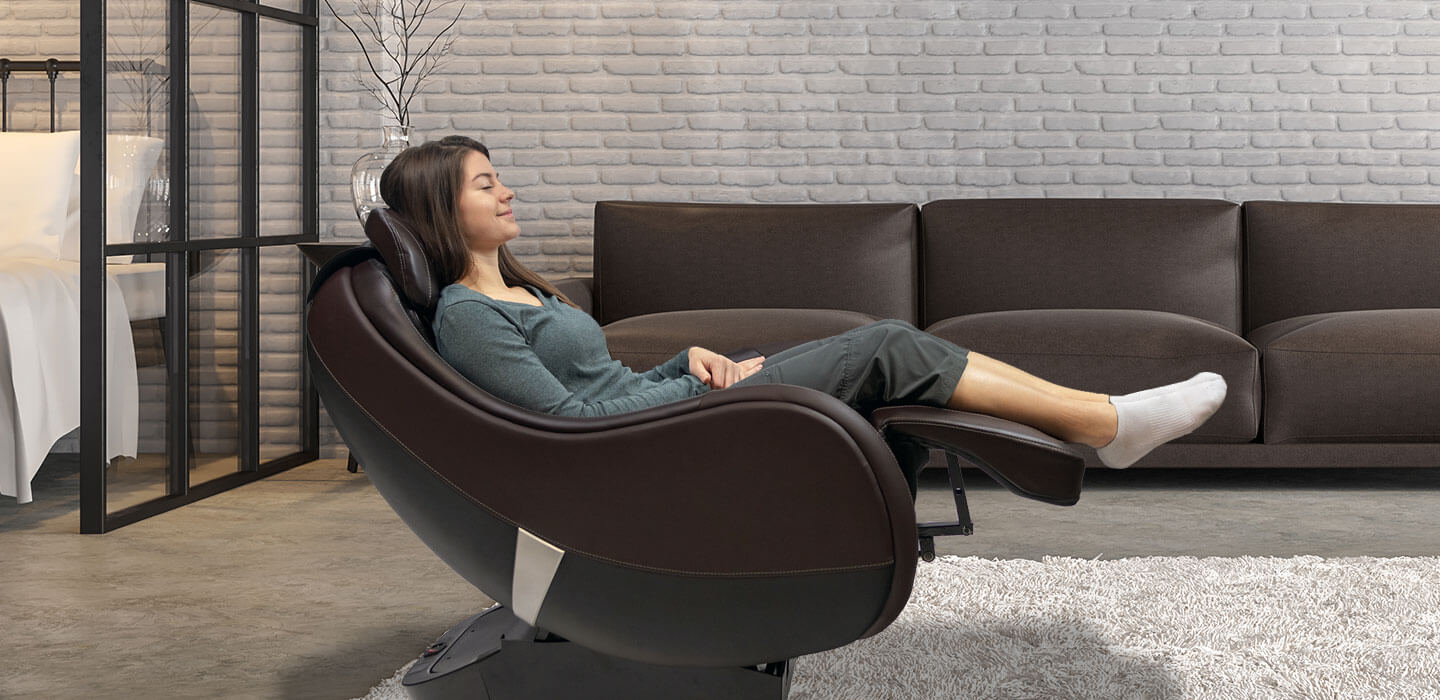Massage for Circulation: A Detailed Guide
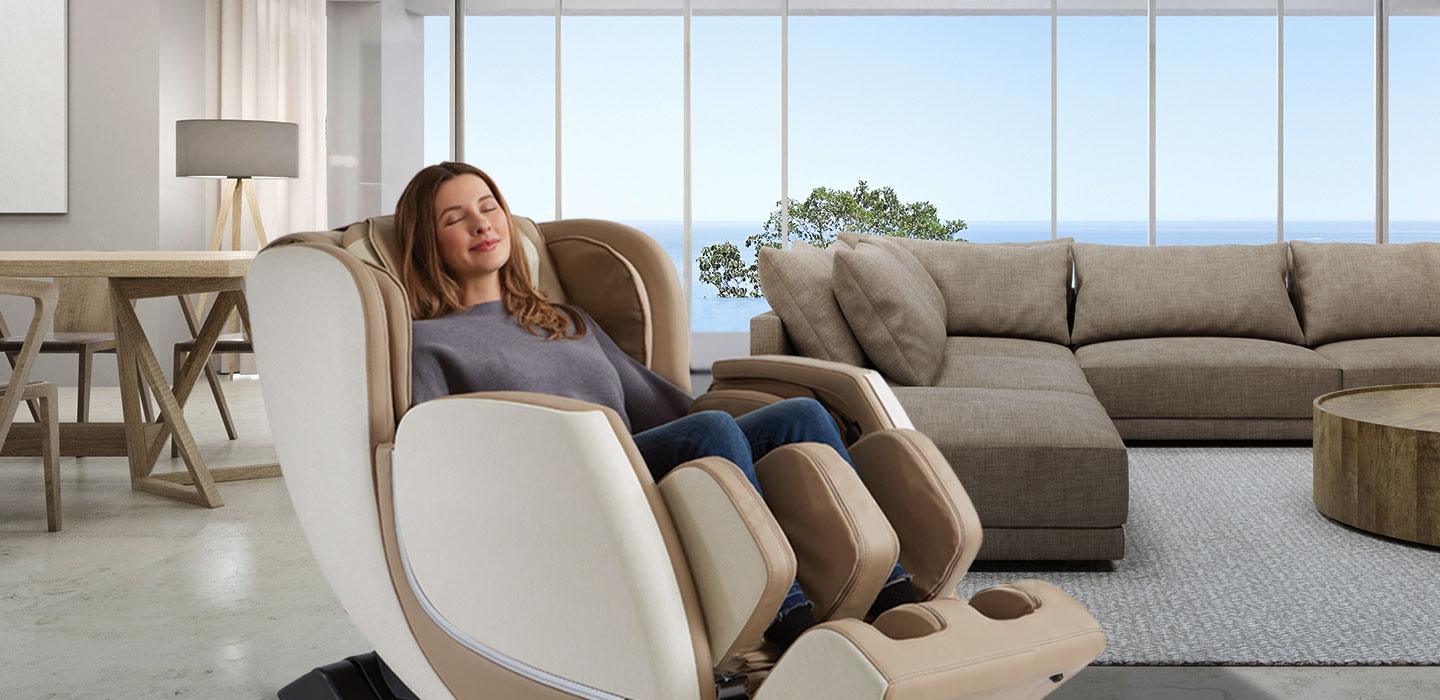
You may have heard that regular massage therapy can help improve circulation — but don’t our bodies do just fine on their own? While the circulation of blood through our veins is an automatic process, some people may experience poor, restricted or sluggish circulation, which can lead to a host of health issues.
Our circulatory system moves blood throughout our body, carrying oxygen to internal organs and filtering toxins out of our tissues. The circulatory system consists of two components that work together to detoxify and oxygenate the body:
Cardiovascular system: Includes blood and the heart, arteries, veins and capillaries, which are primarily responsible for transporting the blood.
Lymphatic system: A network of tissues and organs that carries transparent lymph fluid throughout the circulatory system and helps rid the body of toxins. Swelling under the skin is often caused by an accumulation of lymph fluid, which can be rerouted elsewhere in the body (drained) through massage.
If one or both of these systems is compromised, our blood flow can become impaired, forcing our hearts to pump extra hard to keep blood moving. Poor circulation over an extended period of time can cause:
- Alopecia (hair loss)
- Erectile dysfunction
- Increased risk of infection from injuries
- Lack of energy / excessive fatigue
- Longer healing times from injuries
- Muscle pain
- Poor focus and memory issues
A circulatory system that experiences dramatic disruption can be a sign of serious health issues like:
- Cirrhosis
- Dementia
- Diabetes
- Eye disease
- Heart attack
- Influenza
- Kidney disease
- Stroke
Fortunately, there are measures we can take to improve and maintain optimal circulation. Ensuring the health of your circulatory system can be linked to:
- Faster muscle recovery
- Improved focus
- Improved venous return (the rate at which blood returns to the heart)
- Increased oxygen levels in the blood
- Lower blood pressure
- Lower stress (or lower cortisol levels)
- Shorter healing time from injury
- Stronger immune response
Does Massage Increase Circulation?
Though the body is adept at managing circulation on its own, there are benefits to receiving massage to stimulate blood flow to the extremities. A 2014 study at the University of Chicago confirmed that massage following exercise improved circulation and reduced muscle soreness. Massage has also been shown to result in multiple physical and mental health benefits that go hand-in-hand with improved circulation. Read on for specific massage techniques and tips.
The Best Massage Techniques to Improve Circulation
Though most massage techniques aid circulation in some capacity, there are some methods that provide more concentrated attention to the circulatory system.
Manual lymphatic drainage
Developed specifically to stimulate the lymphatic system, this technique involves gently stretching the skin in the direction of lymphatic flow to encourage lymph fluid drainage. It was popularized in the 1930s by a pair of doctors who noticed that their patients with immune disorders often had swollen lymph nodes that would shrink in response to gentle massage.
Pfrimmer Deep Muscle Therapy
This technique is designed to relieve tight or restricted muscles, which can restrict blood flow to limbs or entire sections of the body. Its namesake, Therese C. Pfrimmer, was actually able to reverse her own paraplegia through deep muscle massage.
Effleurage
Most formal massages begin with this technique, in which light pressure is applied all over the body with long, slow strokes moving toward the heart. Effleurage (French for “to skim”) stimulates the lymphatic system and the flow of blood just under the skin, thereby increasing the temperature of soft tissues and promoting relaxation.
Wringing
The name of this massage technique provides a visual clue as to what it looks like. Wringing involves lifting and squeezing large areas of muscle tissue at once with both hands. This improves tissue elasticity and encourages more blood flow to the areas being treated. Wringing is incorporated into other types of massage, such as sports massage.
Swedish massage
Like deep tissue massage, this style of massage applies pressure to muscles with long, slow strokes in the direction of blood flow. This helps blood cycle through the heart faster (aka venous return) so the heart can pump clean blood back into the arteries. Since lymph fluid relies on muscle action rather than the flow of blood to move through the circulatory system, the Swedish massage technique helps to move this toxin-busting fluid from the extremities toward the heart.
Deep tissue massage
Through firm, slow, sustained strokes, this technique is intended to release tension through all layers of muscle. When deep pressure is applied to tense or sore muscles, toxins are released, which the circulatory system can then pick up and filter more efficiently. Deep tissue is particularly popular for those with chronic pain or poor circulation to their extremities.
Leg massage
Poor circulation or swelling in the legs is often the result of certain health issues, such as diabetes and deep vein thrombosis. Through steady strokes from the ankle toward the knees and thighs, a leg massage can help move accumulated lymph fluid toward the lymph nodes, where it can easily rejoin the larger lymphatic system. Leg massage can also help prevent varicose veins.
Sports massage
Though this type of massage refers more to the context than the technique, it nonetheless is meant to improve vasodilation (opening of the blood vessels) and ease muscle soreness before or after exercise. Sports massage combines many different massage techniques including deep tissue, kneading, effleurage and wringing. The goal of a sports massage is to reduce tension in soft tissue, so it’s a popular treatment in post-surgery recovery, physical therapy, chiropractic and osteopathy.
How to Self Massage to Increase Circulation
It’s not necessary to seek out a professional masseuse to deliver a massage for circulation. You can easily perform a massage on yourself to ease sore muscles, reduce minor swelling and improve blood flow to extremities.
Leg massage
It’s fairly easy to give yourself a leg massage, since you can perform most techniques from a comfortable seated position. Healthline has some excellent step-by-step tutorials for giving yourself different kinds of leg massage.
Leg massage techniques (most performed with the hands) include:
- Stroking
- Chopping or percussion
- Squeezing and kneading
- Stretches like hip bend, hamstring stretch, foot bend and toe bend
Head and face massage
This may be the least strenuous type of self massage, since these areas are easy to reach with your hands.
- Scalp massage: Press your fingertips to your scalp and gently massage your skin in a circular motion. Move your fingers around the sides, top and back of your skull to reach all areas.
- Lymphatic drainage massage: Press the first two fingers of each hand on either side of the bridge of your nose, between your eyes. With light pressure, gently “scoop” your fingers underneath your eyes and across your cheeks, toward your temples and down past the hinge of your jaw, releasing as you reach the sides of your neck.
- Gua sha: This traditional Chinese healing practice utilizes flat, smooth handheld tools (often made of polished stone) to gently “scrape” across the skin and stimulate lymphatic drainage. Gua sha is commonly used to treat chronic pain.
Full-body massage
It might be a little more challenging to self-administer a full-body massage with your hands, but that doesn’t mean there aren’t plenty of other solutions.
- Massage chair: Many high-quality massage chairs on the market today deliver a comparable (if not better) experience to a hands-on massage. Plus, with customizable programs that include techniques like Swedish and deep tissue, you’ll get to tailor your massage to your specific needs or preferences. Heat therapy is also a popular feature in many massage chairs, as heat can increase circulation to tense muscles and help them relax.
- Targeted massagers: As their name suggests, these portable tools target specific areas of the body with the press of a button. Massagers can concentrate on the shoulders, neck, feet and calves, and can supplement other forms of self-massage.
- Tennis balls: This is easily the least expensive way to relieve sore, hard-to-reach muscles. Lay face up on the floor and place a tennis ball underneath your back. With your knees bent and feet placed flat on the floor, move yourself over the tennis ball so it rolls around beneath you, concentrating on sore spots and encouraging the movement of blood and lymph fluid around your back. From a seated position on the floor, you can also use this technique on your calves and hamstrings, or roll the ball over the tops of your thighs beneath the palm of your hand.
- Foam roller: Similar to the tennis ball technique, this type of self massage involves rolling over a foam cylinder to work out any kinks in your back and prevent the stagnation of lymph fluid.
- Roller stick: This is a stick with a rotating foam or rubber wheel on the end that can help you massage your back from a standing or seated position. Roller sticks are great for places in which laying on the floor is not ideal, such as in the office.
- Massage gun: Like targeted massagers, a handheld massage gun allows you to concentrate on specific muscle groups one at a time. The difference is that a massage gun can target any part of your body you can reach (which, if you’re flexible, may be all of them!).
When Not to Massage
There are certain health conditions that may prevent you from receiving a massage, whether because massage will exacerbate symptoms or cause discomfort. If you have any doubts or concerns about receiving or self-administering a massage, please consult your doctor.
Do not schedule or perform a massage for circulation if any of the following apply to you:
- You have or suspect you have blood clots (DVT)
- You are or may be pregnant (unless you’re in the hands of a trained prenatal masseuse)
- You are prone to bruising due to blood thinning medication or a low platelet count
- You have a fever or contagious disease
- You have brittle bones dues to severe osteoporosis
- You have a rash, open sores or skin breakdown on your body
- You have painful varicose veins
- You have significant swelling in your legs, face or arms
- You’re experiencing a dermatological flare-up from an autoimmune disease (unless you’re working with a masseuse trained in addressing autoimmune symptoms)
- You’re experiencing numbness in your extremities (a symptom of diabetes)
Ways To Consistently Receive Massages
Massage therapy can be a wonderful way to stimulate the circulatory system, even if you don’t have health conditions that affect circulation. As we discussed above, there are many ways to enjoy a massage, whether you self-administer, use a dedicated massage tool or book an appointment with a masseuse. The first two options are fairly cost-effective; however, keeping regular appointments with a masseuse can be costly and time-consuming.
If you’re looking for a consistent, convenient solution to improve your circulation, look no further than Massage Chair Store. We carry premium massage chairs that fit most requirements and budgets, as well as targeted massagers, handheld massage guns and massage chair accessories. If you’re not certain which product will best address your needs, our certified Massage Chair Specialists are on hand to conduct a free consultation.
We’ve helped many happy customers choose products that target their specific goals, whether that be to improve circulation or relieve muscle soreness. Reach out today, and let’s get you on the road to better health.

